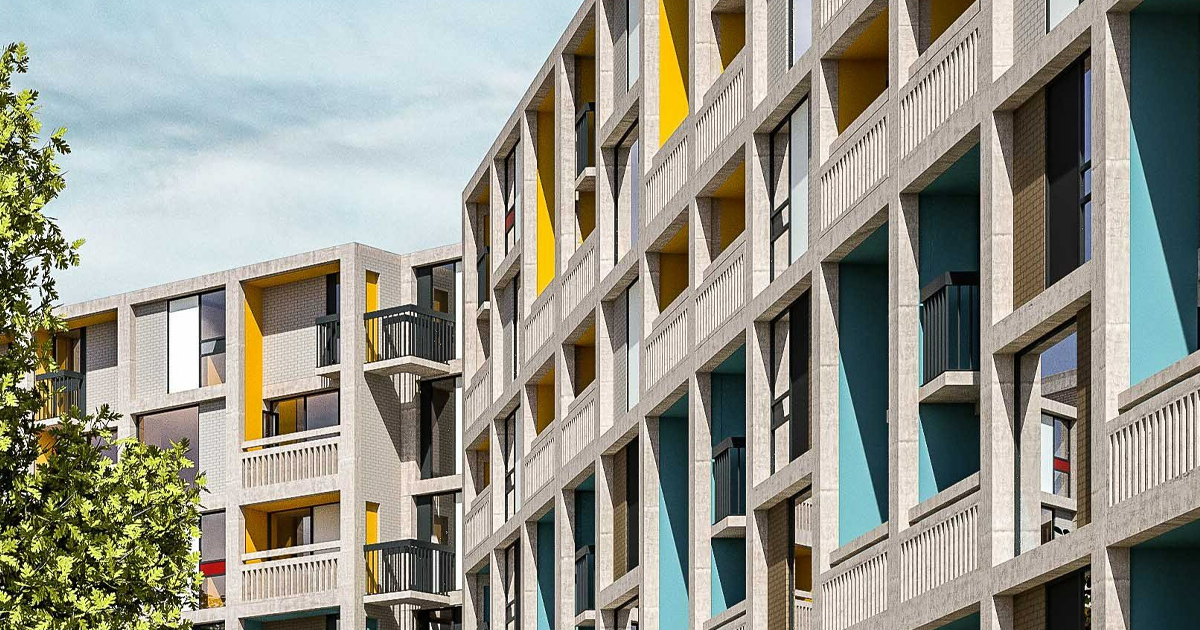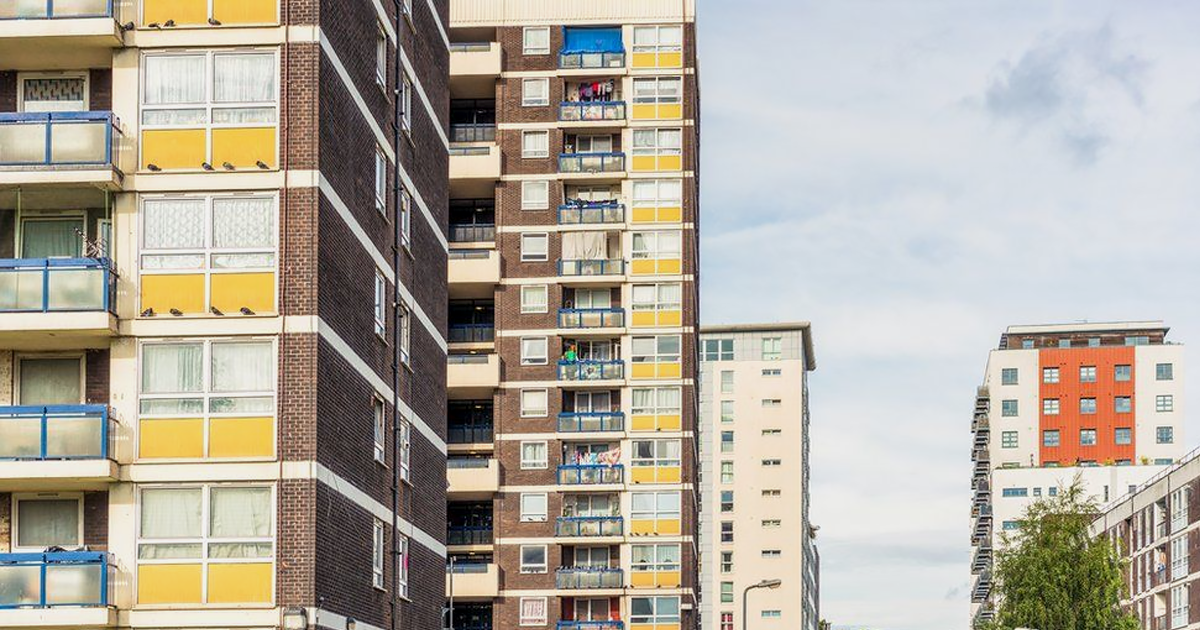💡 Innovative solutions for addressing overcrowding in social housing

Innovative solutions are necessary to address the growing concern of overcrowding in social housing. Overcrowding leads to poor living conditions and can impact the physical, mental and social well-being of individuals. Here are some of the innovative solutions that can help alleviate this issue:
Modular Housing: This solution involves constructing prefabricated units that can be quickly and easily assembled on site. Modular housing offers a faster and more cost-effective way to construct new housing units, and it helps address overcrowding in social housing.
Micro-Housing: Micro-housing refers to small, compact units that provide basic living necessities such as a bed, kitchen, and bathroom. These units are designed to maximise space, making them ideal for single residents or couples.
Co-Living: Co-living involves a shared living space where residents have their own private bedrooms but share common areas like the kitchen, living room, and bathroom. This solution is cost-effective and helps reduce overcrowding by accommodating more people in a single unit.
Smart Technology: The use of smart technology in social housing can improve the quality of life for residents. For example, sensors and automation systems can monitor and control energy usage, making sure that resources are used efficiently. This helps reduce the burden on social housing facilities and makes more space available for residents. Providers are now looking for ways to reduce backlogs by resolving issues in innovative new ways, such as triaging repairs remotely.
Community-Led Solutions: Community involvement is key to addressing overcrowding in social housing. By engaging with residents and local communities, it's possible to identify their needs and work with them to develop and implement solutions tailored to their specific requirements. Community-led solutions help promote sustainable and equitable communities.
Overcrowding in social housing can be addressed through innovative solutions that focus on efficient use of space, cost-effectiveness, and community engagement. By adopting these solutions, it is possible to improve the quality of life for social housing residents and promote more sustainable and equitable communities.


